Photos: 2,000-year-old Roman road and coins discovered in Israel
Roman road
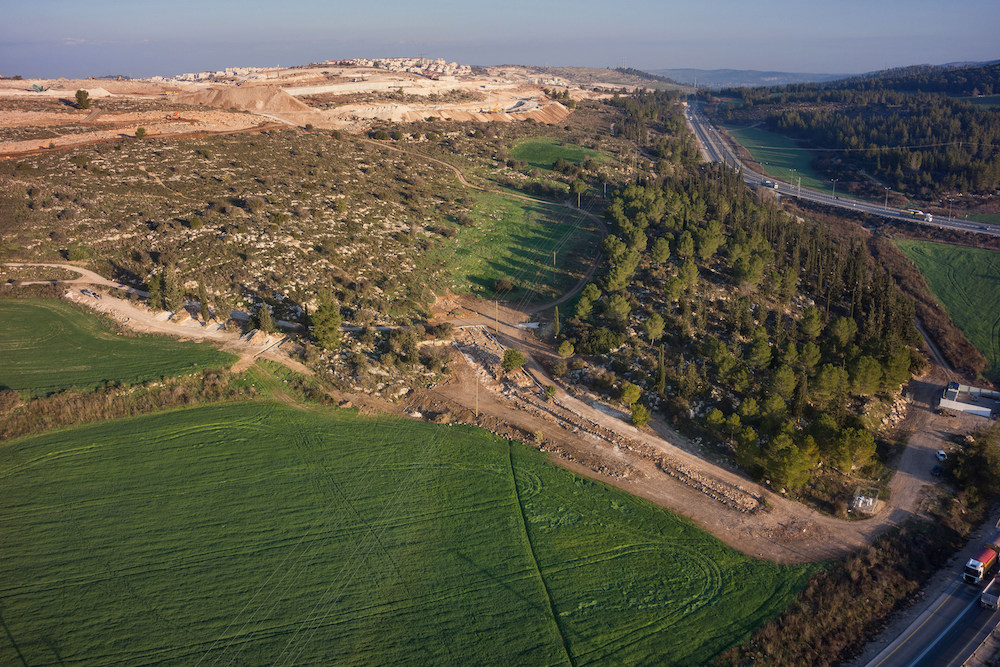
Archaeologists found a 2,000-year-old Roman road during a routine survey of a construction site in modern-day Israel. The road is wide — about 20 feet (6 meters) from edge to edge — and roughly 1 mile (1.5 kilometers) long. The stone-paved road is near Israel's Highway 375, and runs near the Israel National Trail.
The excavators also found four coins between the road's paved stones, including one with the face of Pontius Pilate, the prefect of Judea, dating to A.D. 29, the Israel Antiquities Authority (IAA) said. [Read the full story on the newly discovered Roman road and coins]
Overhead shot
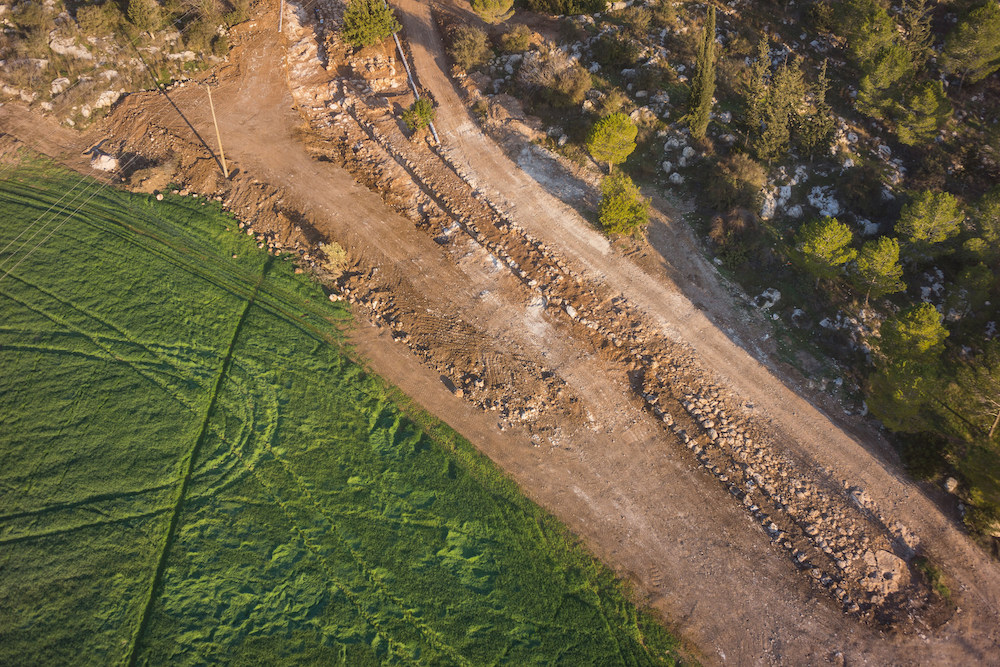
Rome built roads, such as this one, to help its military to swiftly patrol the empire. These roads also facilitated trade.
Walking the road
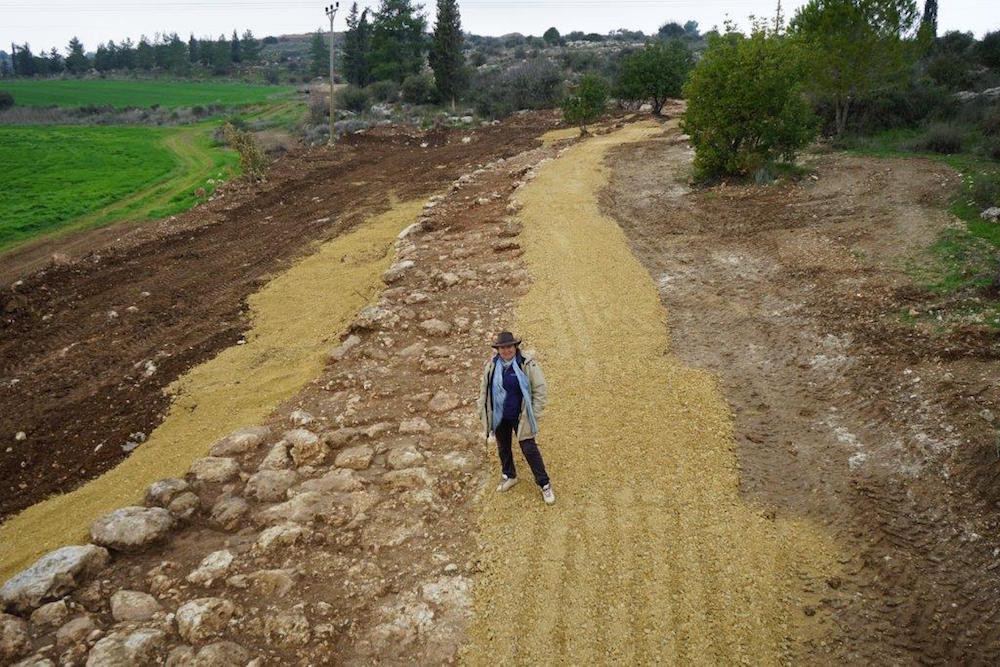
The excavation director, Irina Zilberbod, stands on the ancient road.
Volunteer work
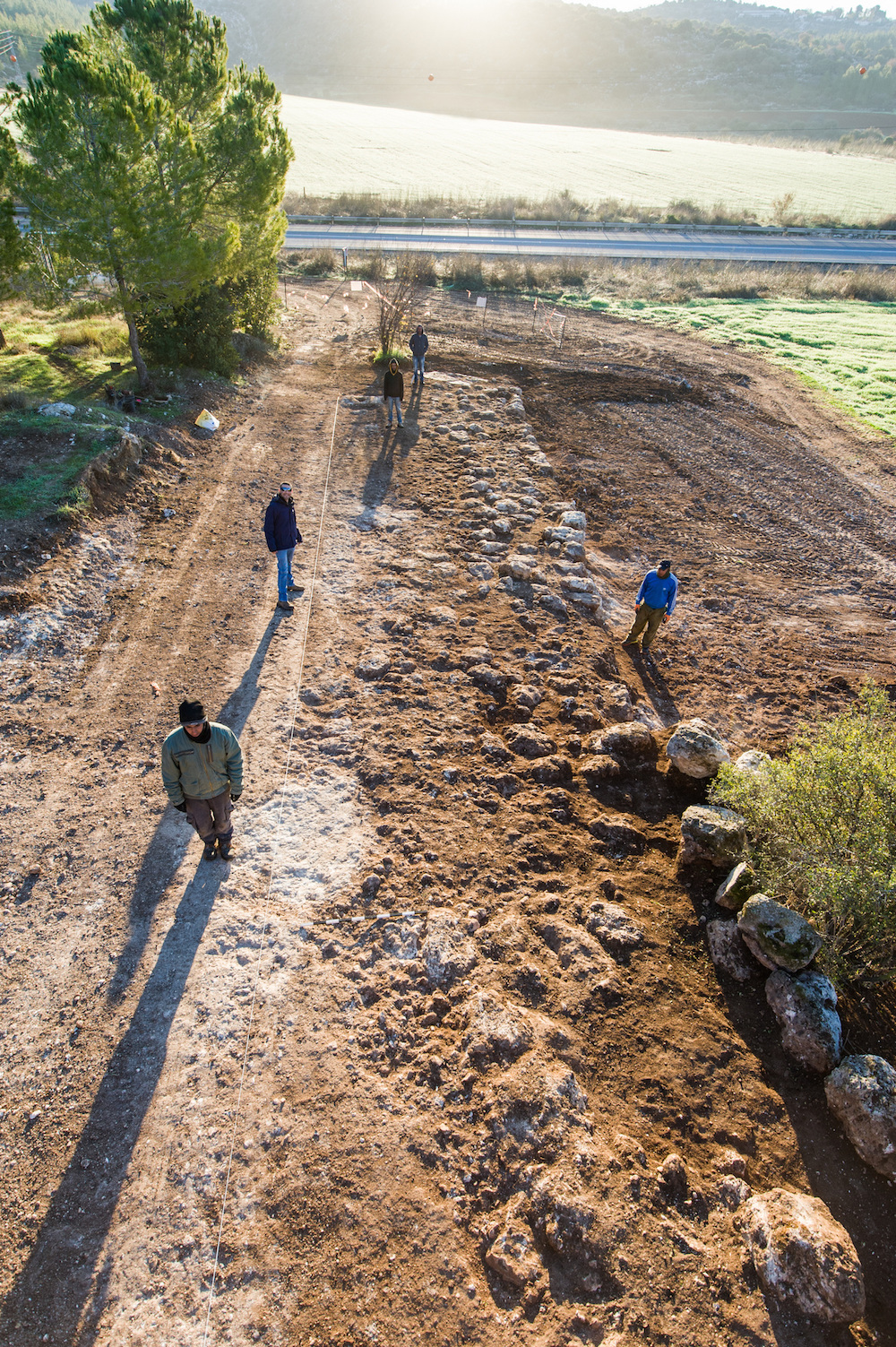
Volunteers excavate the ancient Roman road.
Rocky road
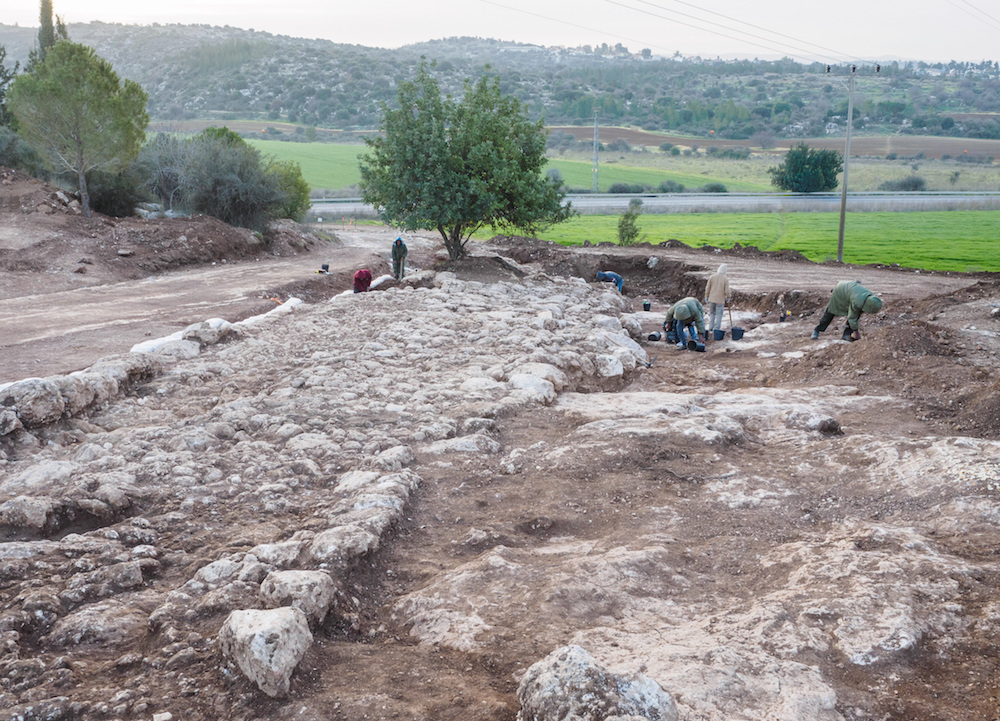
Prior to the Roman period, roads in what is now modern-day Israel were more like improvised trails.
Hard work
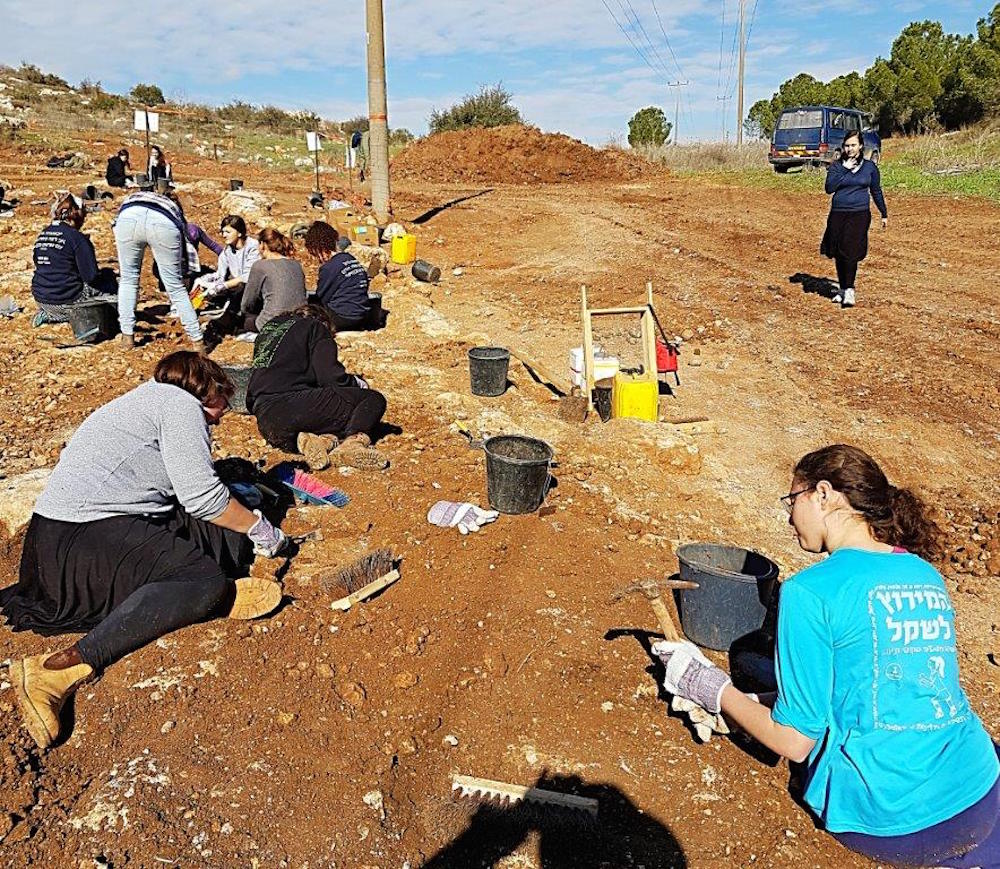
Students volunteered their time to participate in the dig, the IAA reported.
Ancient coins
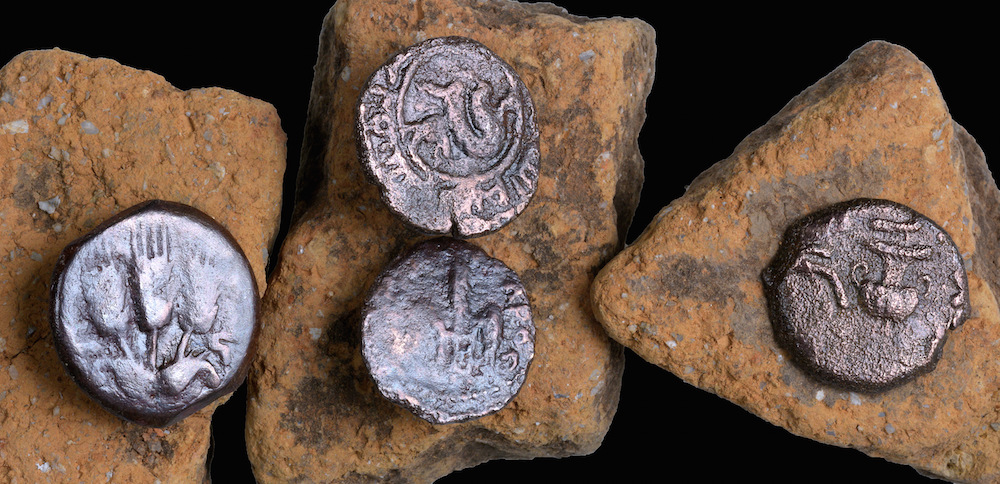
The four ancient coins that volunteers and archaeologists recovered during the excavation.
[Read the full story on the newly discovered Roman road and coins]
Sign up for the Live Science daily newsletter now
Get the world’s most fascinating discoveries delivered straight to your inbox.

Laura is the archaeology and Life's Little Mysteries editor at Live Science. She also reports on general science, including paleontology. Her work has appeared in The New York Times, Scholastic, Popular Science and Spectrum, a site on autism research. She has won multiple awards from the Society of Professional Journalists and the Washington Newspaper Publishers Association for her reporting at a weekly newspaper near Seattle. Laura holds a bachelor's degree in English literature and psychology from Washington University in St. Louis and a master's degree in science writing from NYU.










